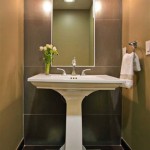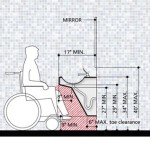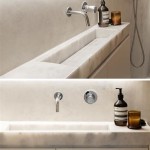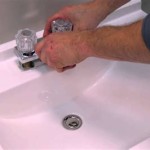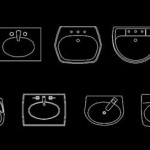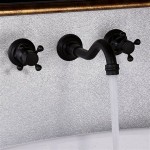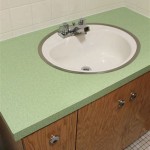How to Fix Moldy Drywall in Bathrooms
Mold is a common problem in bathrooms due to the high levels of humidity. This can cause health issues, such as respiratory problems, skin irritation, and even asthma. Mold can be difficult to remove, and if not addressed properly, it can lead to more serious problems, like structural damage to your home. If you're dealing with moldy drywall in your bathroom, it's essential to address the issue as soon as possible.
Identifying Moldy Drywall
The first step is to identify if the drywall in your bathroom is indeed moldy. Mold often appears as dark, greenish-black spots or streaks on the surface of the drywall. It can also have a musty odor. If you suspect that your drywall is moldy, it's important to confirm it by contacting a qualified professional.
Safety Precautions
Before you begin any work on removing moldy drywall, it's crucial to take proper safety precautions. Wear protective gear, such as gloves, a mask, and safety goggles, to prevent exposure to mold spores. If the mold infestation is severe, consider hiring a professional to handle the removal process.
Removing Moldy Drywall
Once you have confirmed that the drywall is moldy, you can proceed with the removal process. However, it's essential to remember that removing moldy drywall can release mold spores into the air. To minimize the spread of mold, seal off the work area by closing doors and windows and using plastic sheeting to cover furniture and other items.
Use a sharp utility knife to cut out the affected area of drywall. Cut at least 12 inches beyond the visible mold to ensure complete removal. Carefully remove the moldy drywall and dispose of it in a sealed plastic bag.
Cleaning and Disinfecting
Once the moldy drywall has been removed, it's crucial to clean and disinfect the area thoroughly to prevent mold from reoccurring. Use a mold-killing solution or bleach diluted with water to clean the studs, subfloor, and any other surfaces that may have come into contact with mold. Allow the area to dry completely before proceeding.
Installing New Drywall
Once the area is clean and dry, you can install new drywall. Cut the new drywall to fit the opening and secure it to the studs using drywall screws. Tape and mud the joints between the new and existing drywall to create a smooth surface.
Prevention
To prevent mold from reoccurring in your bathroom, it's important to take preventive measures, such as:
- Controlling humidity levels by using exhaust fans or dehumidifiers
- Cleaning and disinfecting bathrooms regularly
- Repairing leaks or water damage promptly
- Ensuring proper ventilation by opening windows or using fans
Conclusion
Fixing moldy drywall in your bathroom is crucial for maintaining a healthy and safe environment. By following these steps and taking preventive measures, you can effectively remove mold and prevent it from reoccurring, ensuring a clean and healthy bathroom.

Black Mold In Bathroom How To Fix Damaged Drywall Doityourself Com Community Forums

Black Mold Removal And Prevention In Bathroom

I Found Mold In The Bathroom What Should Do

Bathroom Ceiling Mold Removal When To Clean Call Branch Environmental

How To Remove Mold From Walls True Value

How To Repair Ling Drywall In The Bathroom Casa Watkins Living

The Ultimate Guide On How To Clean Mold Drywall

Mold In The Shower Causes How To Clean It Environix

How To Get Rid Of Black Mold In Bathrooms

Repair Caulk Grout And Drywall In A Weekend
